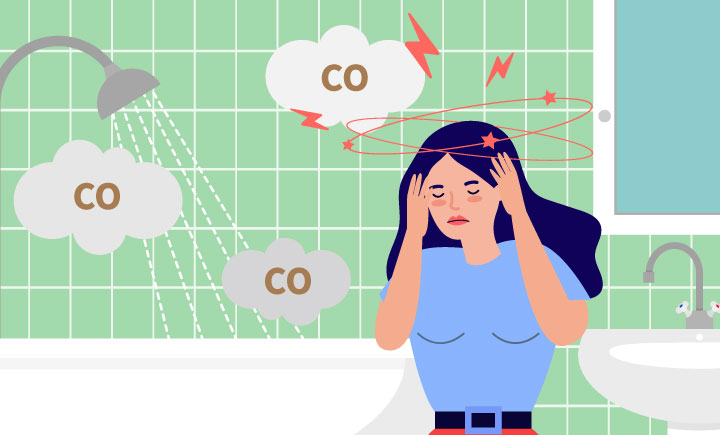What to do in case of carbon monoxide poisoning

a.What is carbon monoxide poisoning?
Carbon monoxide (CO) is a kind of colorless and odorless “toxic” gas. It is often referred to as the invisible killer. When gas is used in households for combustion without sufficient oxygen, incomplete combustion can lead to the production of carbon monoxide. The primary source of residential carbon monoxide is often the improper installation of a gas water heater, combined with inadequate environmental ventilation. Therefore, it is crucial to pay special attention to this issue.b.Dangers of carbon monoxide:
The binding affinity of carbon monoxide with hemoglobin in the blood is approximately 200 times stronger than that of oxygen. Therefore, carbon monoxide can easily replace oxygen in its binding with hemoglobin. This can reduce the blood's capacity to carry oxygen, leading to inadequate oxygenation of bodily tissues and carbon monoxide poisoning.c.Signs of carbon monoxide poisoning symptoms and proper actions
After inhaling carbon monoxide, the human body often experiences symptoms, such as headaches, nausea, dizziness and unconsciousness, and this can even lead to death. If you haveany of the aforementioned symptoms while using gas equipment (e.g., a gas water heater), be vigilant about the potential for carbon monoxide poisoning. Please also immediately discontinue the use of the gas equipment and open doors and windows leading to the outdoors to facilitate ventilation. In the case of severe discomfort, please go to a well-ventilated outdoor space before calling the emergency hotline 119.Update:112-08-14

